Best Micro Four Thirds lenses: 22 optics for your MFT mirrorless camera
Which are the best lenses for your MFT mirrorless camera?
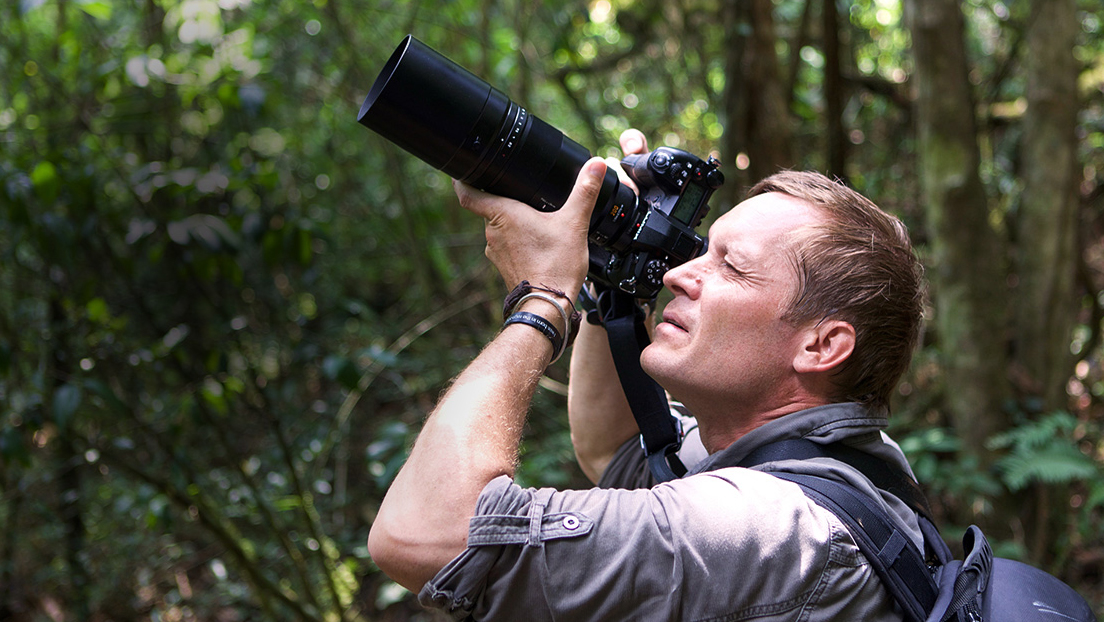
Most camera manufacturers these days seem to think that ‘full-frame’ is the way to go for optimum quality and versatility. However, anybody who’s spent time walking about with a clunky full-fat DSLR and 24-70mm f/2.8 lens hanging around their neck will know that this kind of camera outfit can really weigh you down. MFT (Micro Four Thirds) mirrorless system cameras and their relatively small, lightweight lenses let you literally take a load off.
At the heart of the MFT system is a comparatively small image sensor that has a 2.0x crop factor, compared with full-frame cameras. When it comes to shrinking the physical size of lenses, the advantages are two-fold. Firstly, the image circle produced by the lens only needs to be a fraction of the size of a full-frame lens, so the optical elements can be made with a relatively small diameter. Secondly, the actual focal length for any given type of lens is halved. For example, a 35-150mm telephoto zoom would give you the same ‘effective’ range as using a 70-300mm lens on a full-frame outfit. Again, the physical construction of the MFT format lens will be smaller and lighter.
Most MFT lenses are impeccably crafted, combining clever design with premium build quality and superb optical quality
Although they tend to be relatively small and lightweight, most MFT lenses are impeccably crafted, combining clever design with premium build quality and superb optical quality. Typically, they have stepping motor autofocus systems which gives rapid and highly accurate performance for stills, as well as delivering virtually silent, smooth focus transitions when shooting movies.
Naturally, Olympus and Panasonic are the two main manufacturers of MFT format lenses. Both makes of lenses are equally compatible on both makes of camera body. However, whereas many of Panasonic’s lenses feature optical image stabilization, most of Olympus’s lenses rely on in-camera, sensor-shift stabilization. Let’s take a look at the best lenses in all of the main shooting categories, along with some top-value alternatives that give impressive performance on a tighter budget.
Still not sure what Micro Four Thirds camera to buy? Take a look at some of our top picks below:

Best Micro Four Thirds lenses
Why you can trust TechRadar
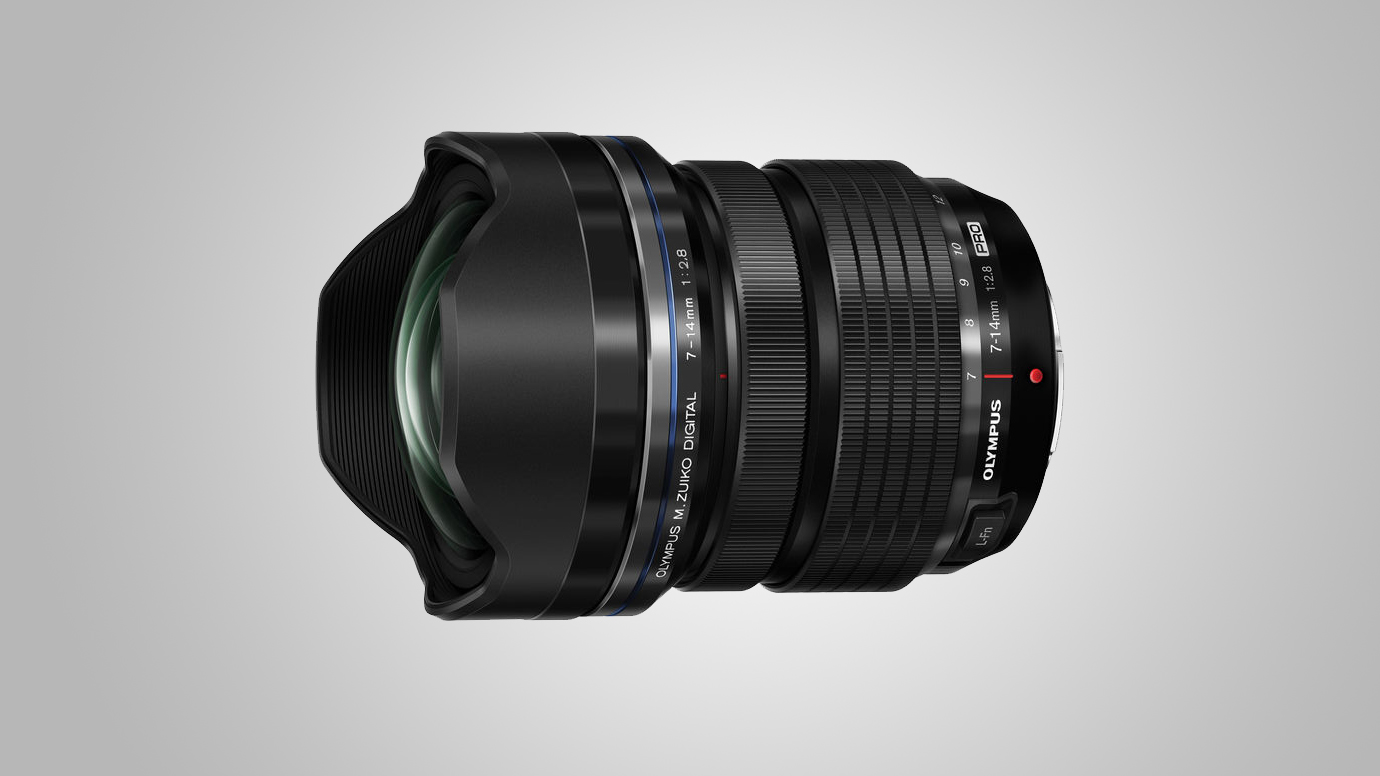
Wide-angle zoom: Olympus M.ZUIKO ED 7‑14mm f/2.8 PRO
Specifications
Reasons to buy
Reasons to avoid
While the crop factor of MFT format cameras boosts the telephoto abilities of lenses, it makes the design of ultra-wide optics more of a challenge. This remarkable lens has a minimum focal length of just 7mm, delivering an astonishing 114-degree viewing angle, similar to using a 14mm lens on full-frame cameras. Like other lenses in the ‘M.ZUIKO PRO’ line-up, it’s immaculately turned out with fabulous build quality. Contrast and sharpness are outstanding, while colour fringing and distortions are negligible. As with many ultra-wide lenses, however, the hood is built-in so there’s no filter attachment thread.
Also consider: Panasonic Lumix G Vario 7-14mm f/4.0 ASPH
This compact zoom also delivers a 14-28mm effective focal range, and while its aperture isn't quite as fast as that of its rival above, image quality is strong.


Standard zoom: Panasonic Lumix G X Vario 12-35mm f/2.8 II ASPH Power OIS
Specifications
Reasons to buy
Reasons to avoid
This lens gives the same kind of performance and versatility as a pro-grade 24-70mm f/2.8 lens on a full-frame camera body but, typically for an MFT lens, it comes in a much more compact, lightweight package. Indeed, at 305g, it’s only about a third of the weight of a comparable full-frame optic. Even so, the lens is no lightweight in terms of build quality, with a robust and weather-sealed construction. Centre-sharpness is excellent throughout the zoom range, even when shooting wide-open at f/2.8, and corner-sharpness also becomes impressive at f/4 and narrower apertures. It’s the perfect lens for everyday shooting, with the bonus of effective optical stabilization.
Also consider: M.ZUIKO ED 14‑42mm f/3.5‑5.6 EZ pancake
Incredibly tiny with a ‘pancake’ design, it also features motorized zoom, but this Olympus isn’t the sharpest tool in the box.

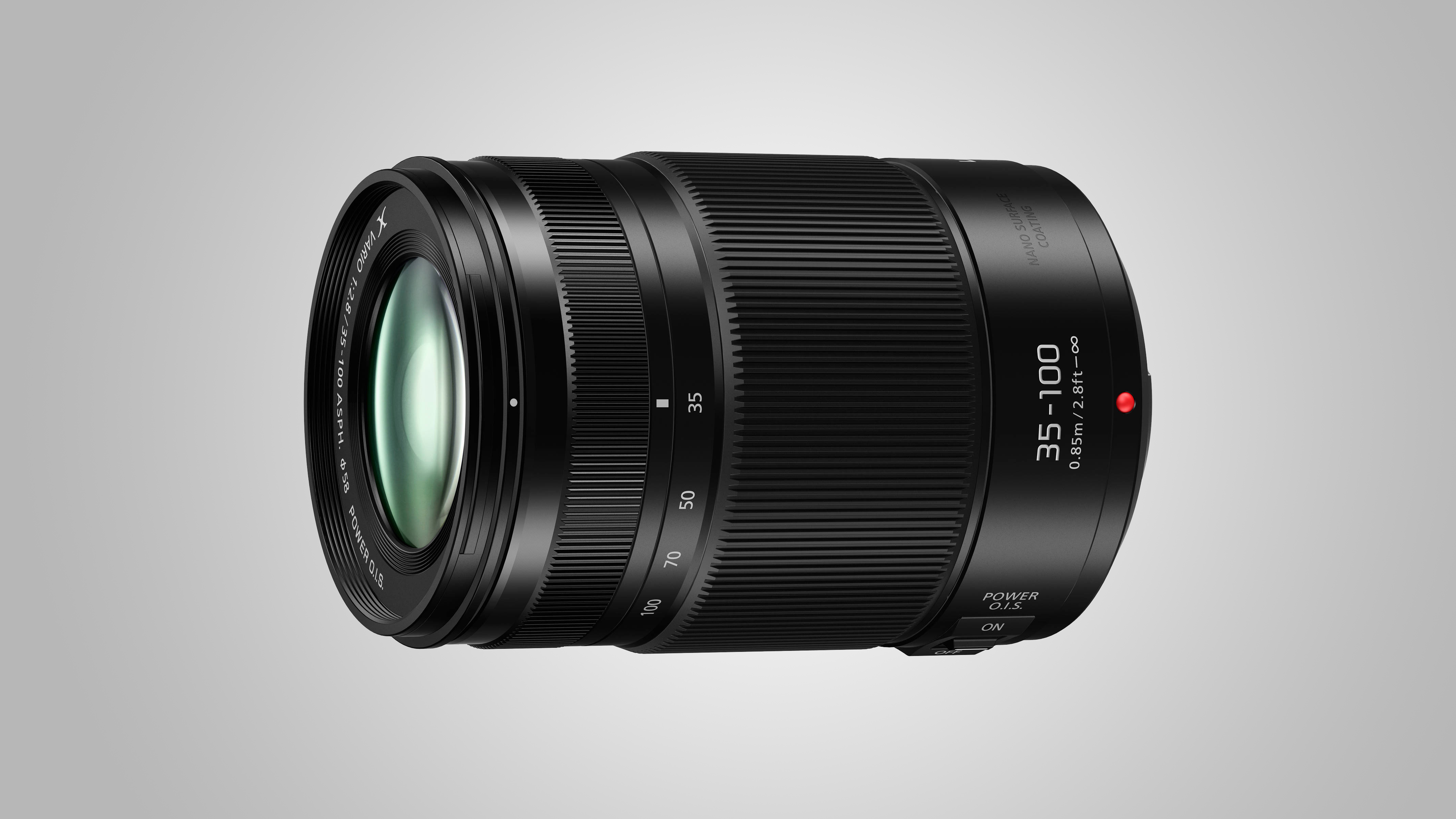
Telephoto zoom: Panasonic Lumix G X Vario 35-100mm f/2.8 II Power OIS
Specifications
Reasons to buy
Reasons to avoid
The perfect supplement to Panasonic’s 12-35mm f/2.8 lens, this one is equivalent to that other stalwart full-frame zoom for pro photographers - the 70-200mm f/2.8 telephoto. Again, the popular ‘effective’ zoom range of this lens is delivered from a high-grade, weather-sealed construction that’s rugged and robust, yet only about a third of the weight of equivalent full-frame optics. As with the Panasonic 12-35mm f/2.8, you need to stop down to f/4 before corner-sharpness really gets into its stride, but overall levels of sharpness and other image quality attributes are outstanding.
Also consider: Olympus M.ZUIKO ED 40‑150mm f/4.0‑5.6 R
This compact budget lens really punches above its weight with fast autofocus performance and excellent image quality.

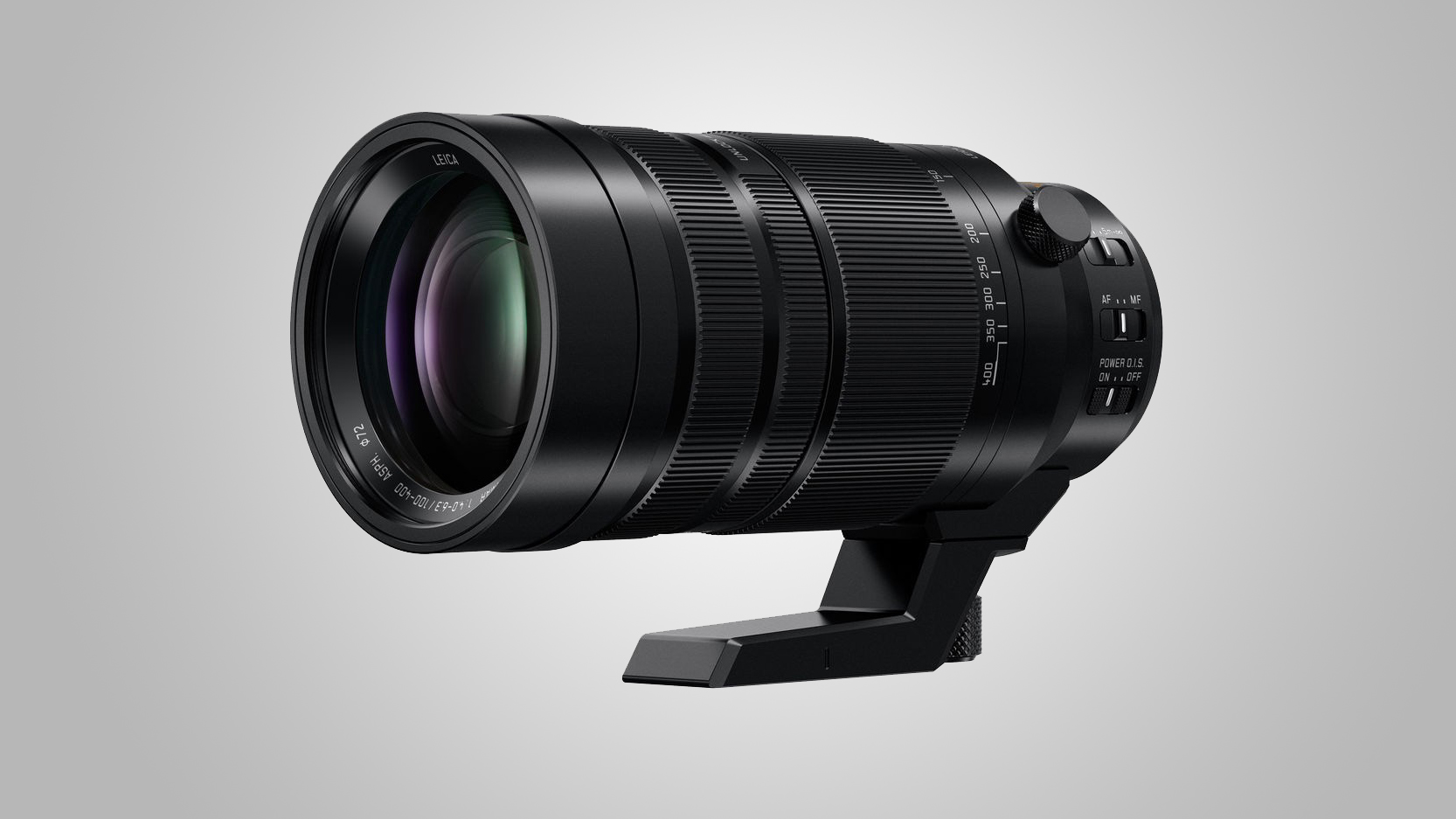
Super-tele zoom: Panasonic DG Vario-Elmar 100-400mm f/4-6.3 ASPH Power OIS
Specifications
Reasons to buy
Reasons to avoid
A zoom range of 100-400mm gives powerful telephoto reach on a full-frame camera but, in MFT terms, you get a whopping ‘effective’ maximum focal length of 800mm. As we’ve come to expect from Panasonic’s up-market lenses, this one is sturdy, robust and meticulously engineered. Highlights include a locking mechanism for the zoom ring and an autofocus range limiter switch. The effective optical image stabilizer is very worthwhile, given the enormous effective focal lengths on tap. Even though the lens weighs nearly a kilogram, it’s still sufficiently lightweight for prolonged periods of handheld shooting. For added comfort and stability, the lens comes complete with a mounting foot for well-balanced use on a tripod or monopod. Image quality is superb, with excellent sharpness right up to the maximum 400mm zoom setting. The f/6.3 aperture rating at the long end of the zoom range is relatively ‘slow’ but quite typical for this class of super-telephoto lens.
Also consider: Olympus M.ZUIKO ED 75-300mm f/4.8‑6.7 II
Unsurprisingly, this lens looks and feels a bit like a conventional 70-300mm zoom for bigger cameras, but the MFT format gives it a powerful 600mm effective reach. Sharpness is very good on the whole but drops off a bit at the long end.


Wide-angle prime: Panasonic Leica DG Summilux 12mm f/1.4 ASPH
Specifications
Reasons to buy
Reasons to avoid
Building on the legendary performance of Leica Summilux lenses from bygone times, this 12mm optic is a real hands-on beauty. Although it functions flawlessly in fully automatic mode, its manual focus ring and aperture ring are wonderfully tactile. The lens itself feels quite heavy considering its small 70x70mm size, but it’s properly robust and has superb handling. The wide f/1.4 aperture rating caters to the most discerning photographers, and the effective 24mm super-wide focal length is something of a classic. Image quality is simply spectacular, with incredible centre-sharpness and contrast, even when shooting wide-open. Resistance to ghosting and flare is also very impressive.
Also consider: Olympus M.ZUIKO ED 12mm f/2.0
From Olympus’s ‘Premium’ line, this is a little cracker of a 12mm lens. It has a very similar design to our favourite 17mm ‘street lens’ and, while it’s certainly not cheap to buy, it’s only half the price of the Panasonic 12mm f/1.4.

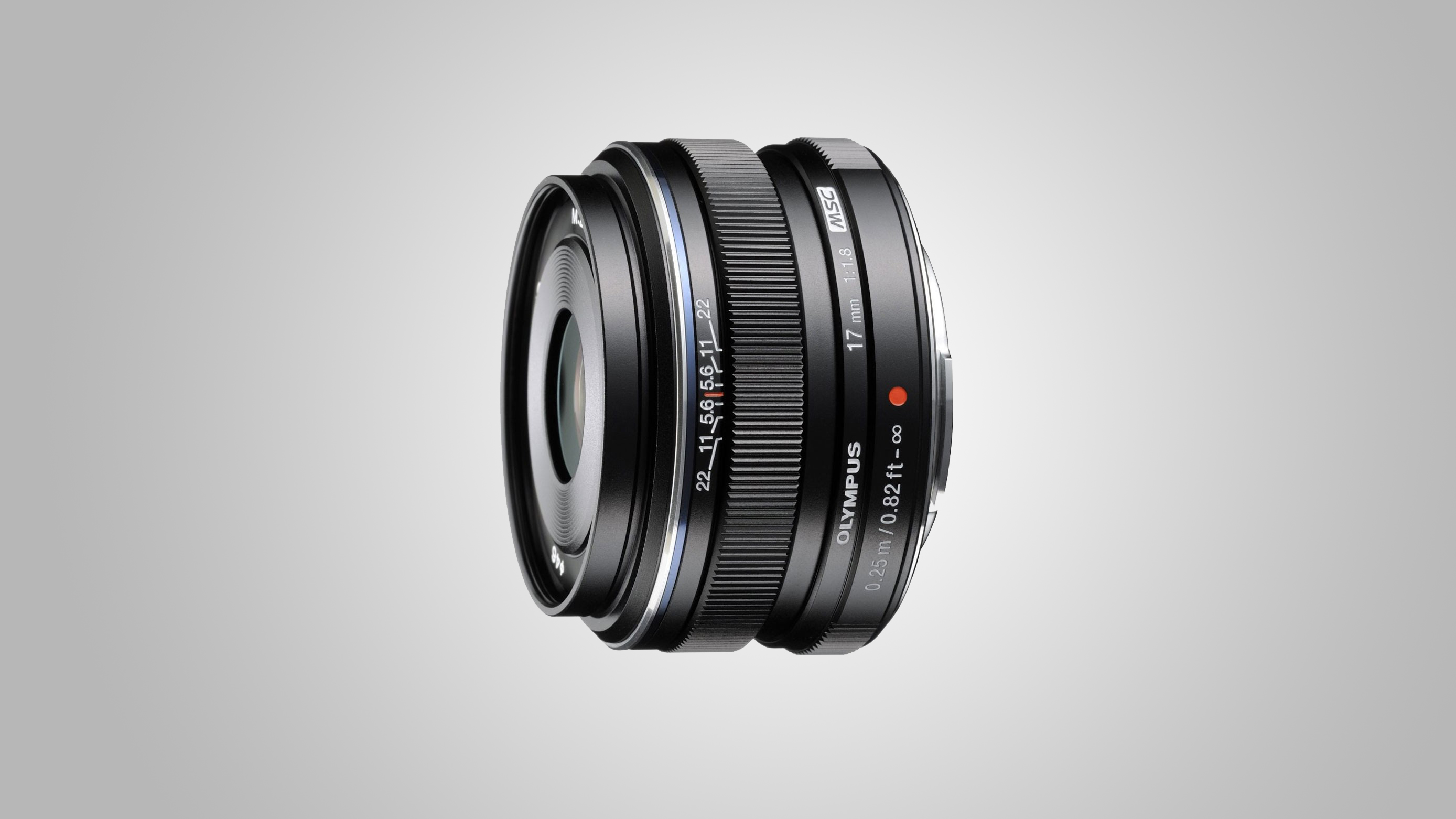
Street prime: Olympus M.ZUIKO 17mm f/1.8
Specifications
Reasons to buy
Reasons to avoid
For street photography, this remarkably small and lightweight lens enables you to shoot candidly. It has an ideal effective focal length of 34mm in full-frame terms, which gives a very natural perspective along with a moderately wide viewing angle. Split-second timing is often needed in street photography, so many photographers prefer to adjust the focus setting in advance. A clever push-pull auto/manual focus ring reveals a distance scale and depth of field markings for f/5.6, f/11 and f/22, making the lens is well suited to ‘zone focusing’. This method of manual focusing enables you to set the lens so that everything within a particular zone will look reasonably sharp. Image quality and overall handling are both excellent.
Also consider: Panasonic Leica DG Summilux 15mm f/1.7 ASPH
Very slightly wider than the Olympus lens, this optic blends a robust build with exceptional image quality. It's not cheap, but you very much get what you pay for here.

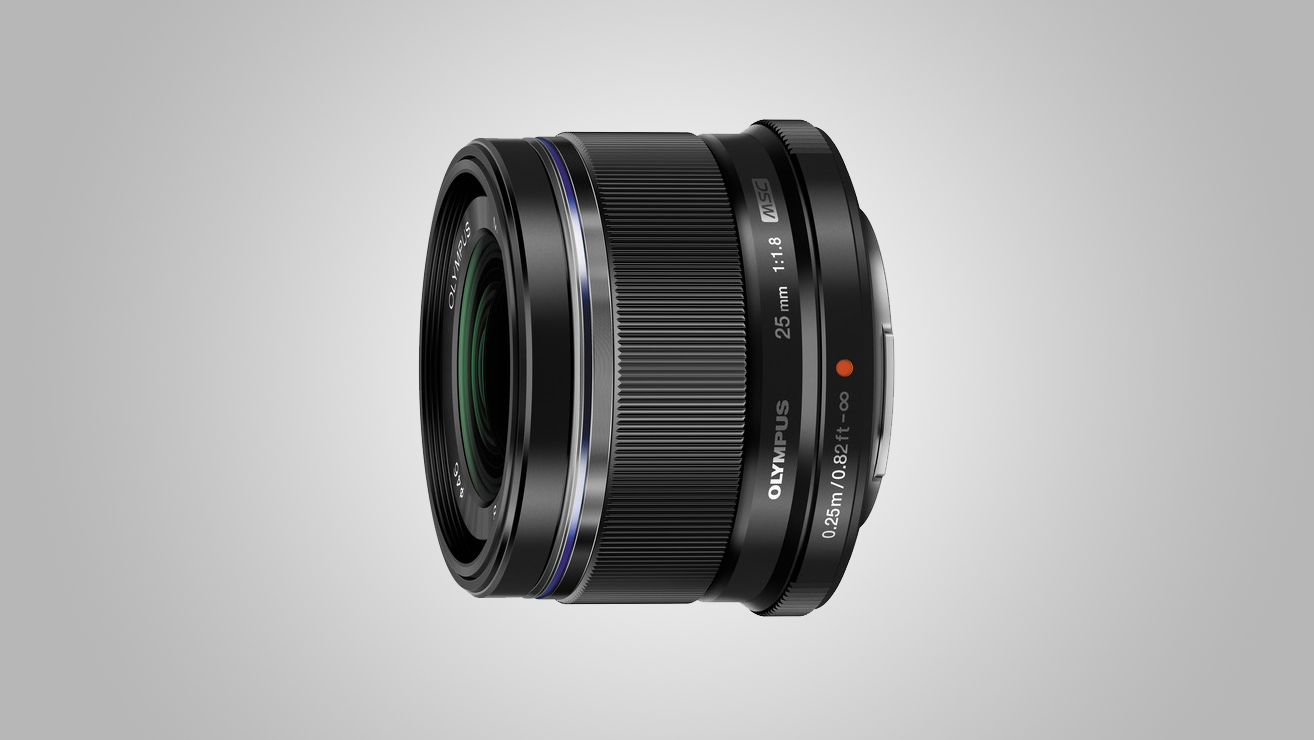
Standard prime: Olympus M.ZUIKO 25mm f/1.8
Specifications
Reasons to buy
Reasons to avoid
Measuring a mere 58 x 42mm and tipping the scales at just 137g, this diminutive lens feels right at home on even the most compact MFT format body. Like the Olympus 17mm that we favour for street photography, this one is available in either a silver or black finish, and the hood is sold separately. Naturally, the 2x crop factor of MFT cameras gives this lens an effective 50mm focal length, delivering a classic ‘standard’ viewing angle with a fairly fast f/1.8 aperture rating. Image quality is impressive in all respects. Considering the prices of Canon and Nikon 50mm f/1.8 lenses for full-frame cameras, the Olympus doesn’t look terrific value. However, its performance fully justifies the price tag.
Also consider: Panasonic Leica DG Summilux 25mm f/1.4 ASPH
Not only does this alternative boast a super-fast f/1.4 aperture and smart, streamlined barrel, but it's one of the cheapest Leica-branded lenses you can buy for Micro Four Thirds cameras.

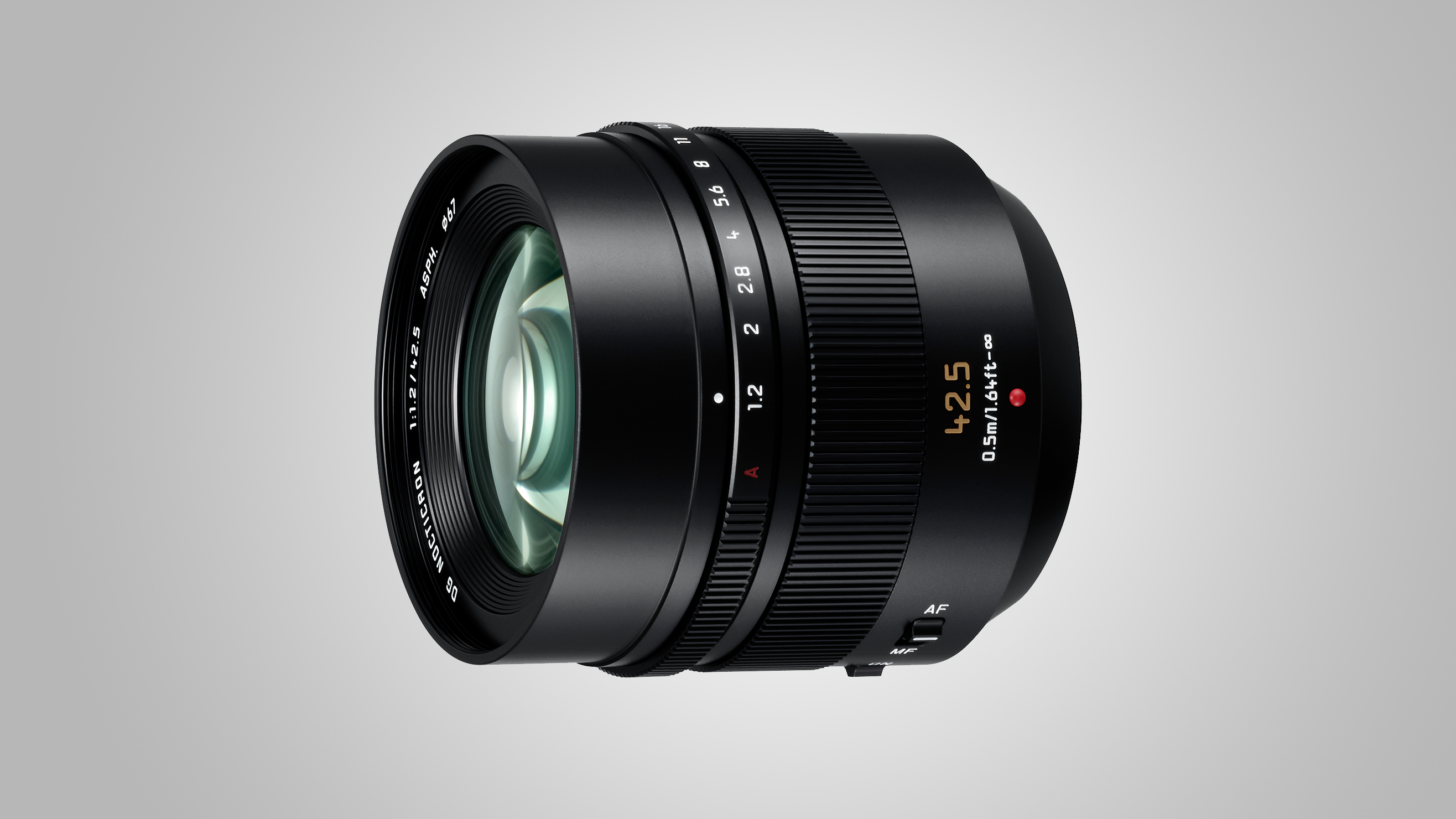
Portrait prime: Panasonic Leica DG Nocticron 42.5mm f/1.2 ASPH Power OIS
Specifications
Reasons to buy
Reasons to avoid
The Leica Nocticron legend is reborn for the MFT format in this metal-bodied beauty of a lens. It has a well-damped, smooth-action focus ring and useful aperture ring, both of which boost the overall handling characteristics. The 2x crop factor gives the lens an effective focal length of 85mm which is perfect for portrait photography. The flip side is that, because depth of field is linked more closely to ‘actual’ rather than ‘effective’ focal length, the MFT system struggles to give a really tight depth of field, compared with full-frame and even APS-C systems. This lens fights back with a super-fast f/1.2 aperture rating, which helps to reduce the depth of field and give soft, creamy background blur in portraiture, as well as enabling fast shutter speeds even under dull lighting. And for when you want to use narrower apertures, there’s also optical stabilization, which is almost unheard of in f/1.2 lenses. Image quality is absolutely sumptuous. For portraiture on MFT cameras, this is the best lens that money can buy. It’s seriously expensive but, then again, Canon’s 85mm f/1.2 full-frame ‘portrait’ lens is getting on for twice the price.
Also consider: Olympus M.ZUIKO 45mm f/1.8
The Olympus 45mm is a very smart buy for portraiture and, while it can’t shrink the depth of field as much as Panasonic’s f/1.2 lens, it’s much more affordable at just one-sixth of the price.

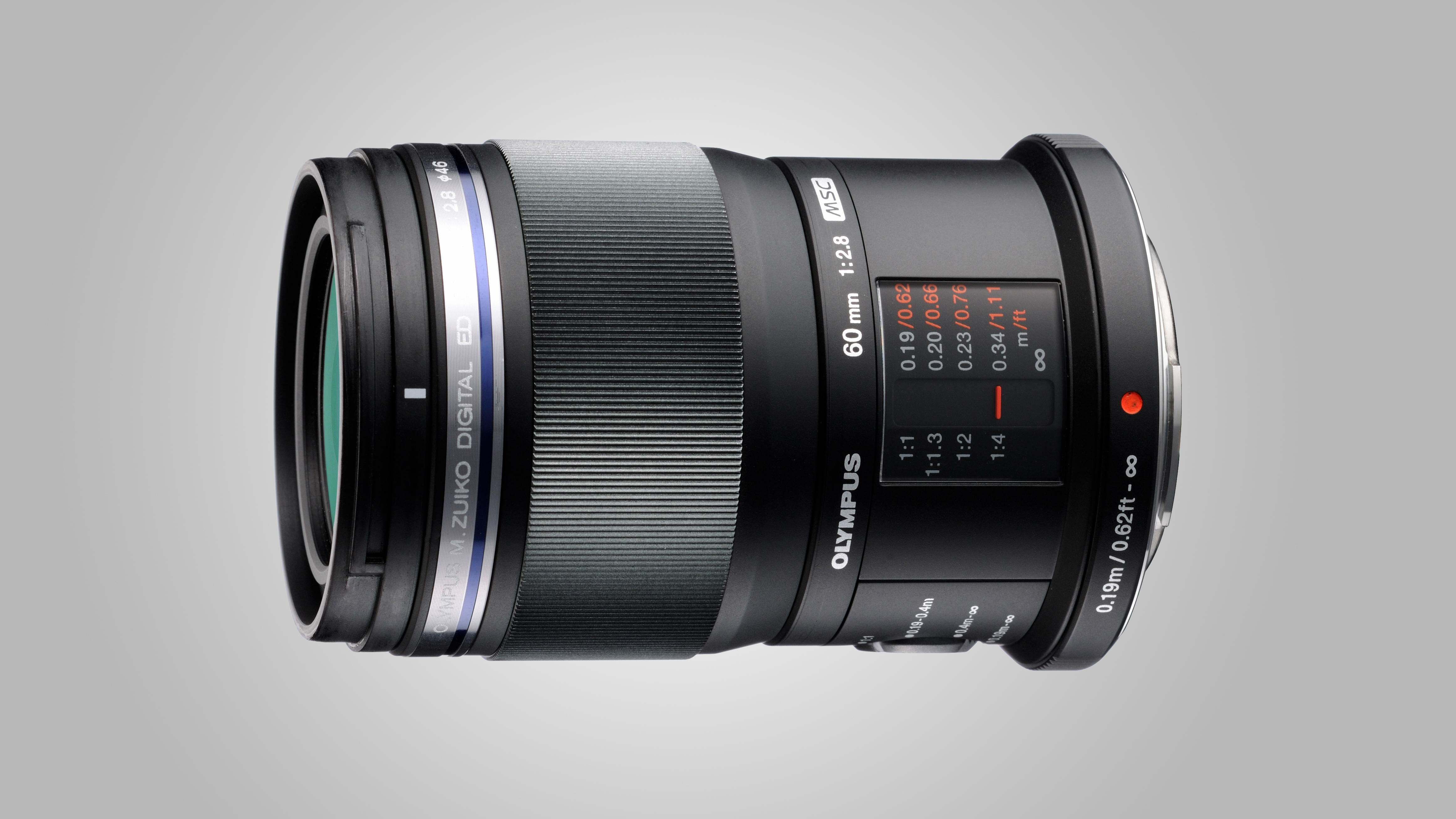
Macro prime: Olympus M.ZUIKO ED 60mm f/2.8 MACRO
Specifications
Reasons to buy
Reasons to avoid
A focal length of around 100mm is often preferred for extreme close-up ‘macro’ photography. Due to this lens’s shorter focal length, the minimum focus distance drops from about 30cm to 20cm. However, those distances are measured from the focal plane, which corresponds to the position of the image sensor at the rear of the camera. With the more compact build of MFT cameras and lenses, the actual working distance between the front of the lens and the subject remains entirely usable, at about 10cm. Another bonus is that the 2x crop factor of the MFT format effectively boosts the maximum magnification factor from 1:1 to 2:1, or double life-size. The excellent quality of the weather-sealed construction is a credit to Olympus’s line-up of ‘Premium’ lenses, and the smart focus distance/magnification indicator is a bonus. Image quality is great overall, and the electronically coupled ‘fly-by-wire’ focus ring operates with smooth precision. It’s great for macro focusing, where you’ll often want to focus manually. All things considered, this is unquestionably the best macro lens on the market for the MFT system.
Also consider: Panasonic Lumix G Macro 30mm f2.8 ASPH Mega OIS
The minimum focus distance of 10.5cm is a bit close for comfort in most macro shooting. With its addition of optical stabilization, this lens is better suited to general shooting with occasional close-up work on the side.

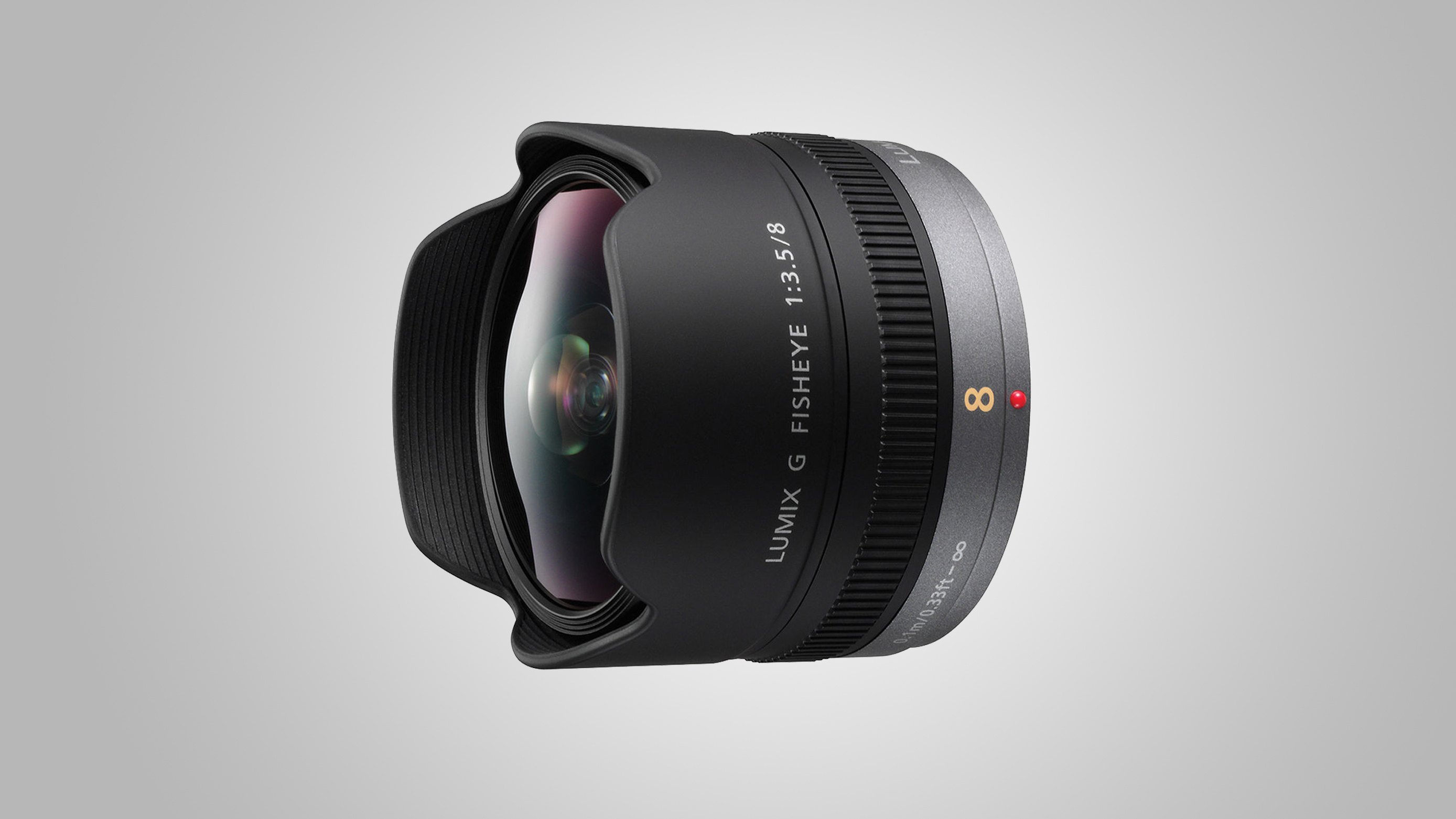
Fisheye lens: Panasonic Lumix G Fisheye 8mm f/3.5
Specifications
Reasons to buy
Reasons to avoid
This diagonal fisheye lens was the first of its kind to be launched for the Micro Four Thirds system, and eight years later it remains a solid choice. With a weight of just 165g it's an ideal take-anywhere option, with the integrated petal-shaped hood making sure that extraneous light is never an issue. The 16mm-equivalent focal length makes it as great an option for interiors as it is for exaggerated cityscapes, although astrophotographers will also no doubt be keen to point it at the stars. Some may perhaps expect the aperture to be a little wider for this kind of money, and the drop-in rear filter holder brings both advantages and disadvantages, but its developed a sterling reputation among Micro Four Thirds users for good reason.
Also consider: Olympus M.ZUIKO Digital ED 8mm f/1.8 Fisheye PRO
Twice the weight of the Panasonic version, but the fact that this option not only boasts a much wider aperture but also weather resistance makes its small premium over that lens seem entirely reasonable.

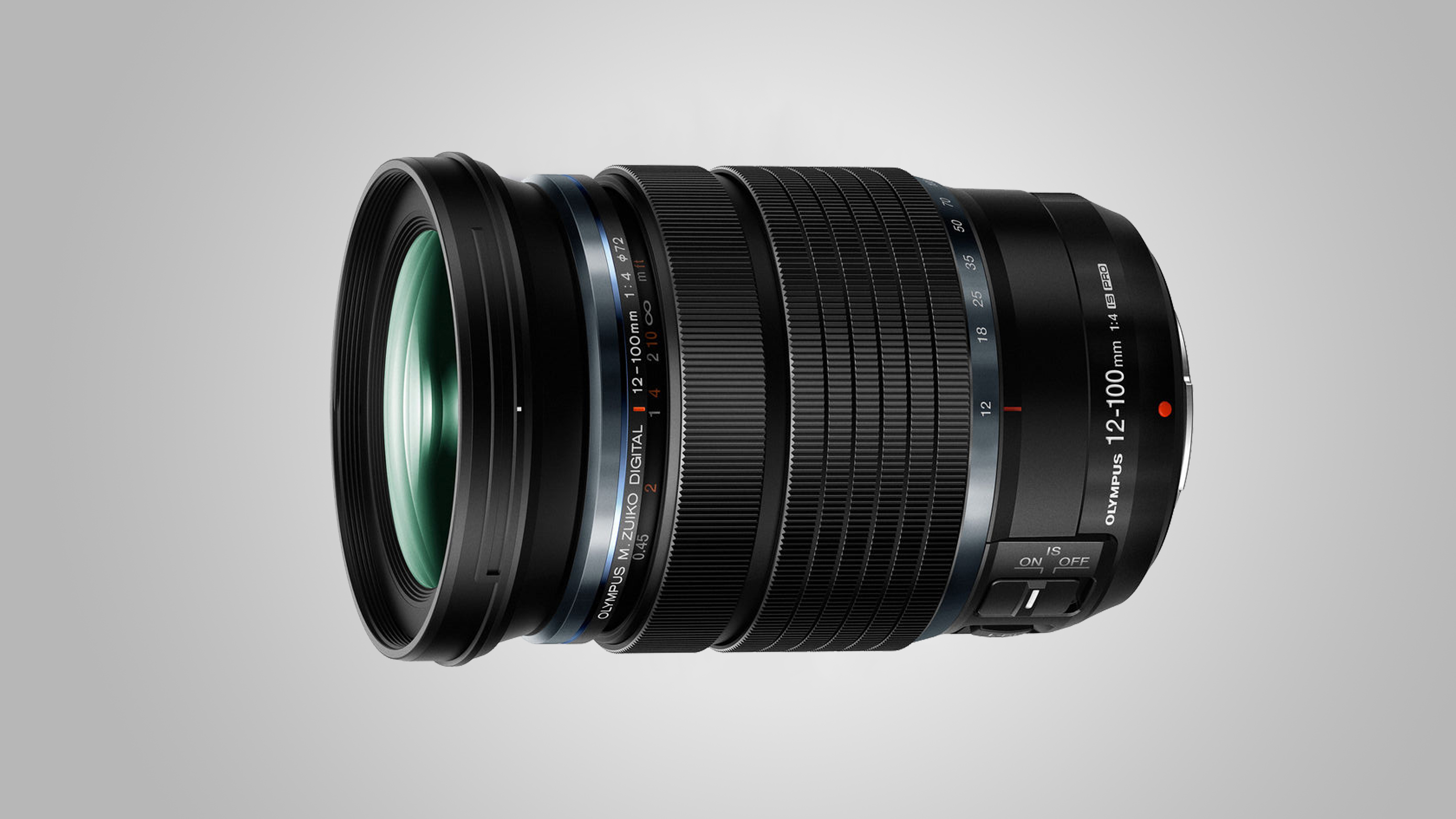
Superzoom lens: Olympus M.ZUIKO Digital ED 12-100mm f/4 IS PRO
Specifications
Reasons to buy
Reasons to avoid
12-100mm may seem like an odd – if useful – focal range, but against a Micro Four Thirds sensor this provides what a 24-200mm lens would give you on a full-frame camera. As such, this is a fine option for travel photography, or just generally as an all-purpose walkaround lens, particularly as the aperture stays at a constant f/4 throughout the range. While f/4 may not be as desirable at the wider end than more modest zooms typically manage to offer, the lens's ace card is that its image stabilisation system can deliver up 6.5 stops of compensation when used with certain bodies. This broadens possibilities in low light and means you don't necessarily need to reach for higher ISO settings, and as one of Olympus's 'PRO' lenses, it's not surprising to see it all wrapped up in a robust metal casing that's fully protected against splashes and inclement weather.
Also consider: Panasonic Lumix G Vario 14-140mm f/3.5-5.6 Asph Power O.I.S
This optic trades off a little at the wide end for extra telephoto reach next to the Olympus option above. Designed with video recording in mind, it also allows for aperture to be adjusted smoothly and discreetly during video recording.

Get daily insight, inspiration and deals in your inbox
Sign up for breaking news, reviews, opinion, top tech deals, and more.